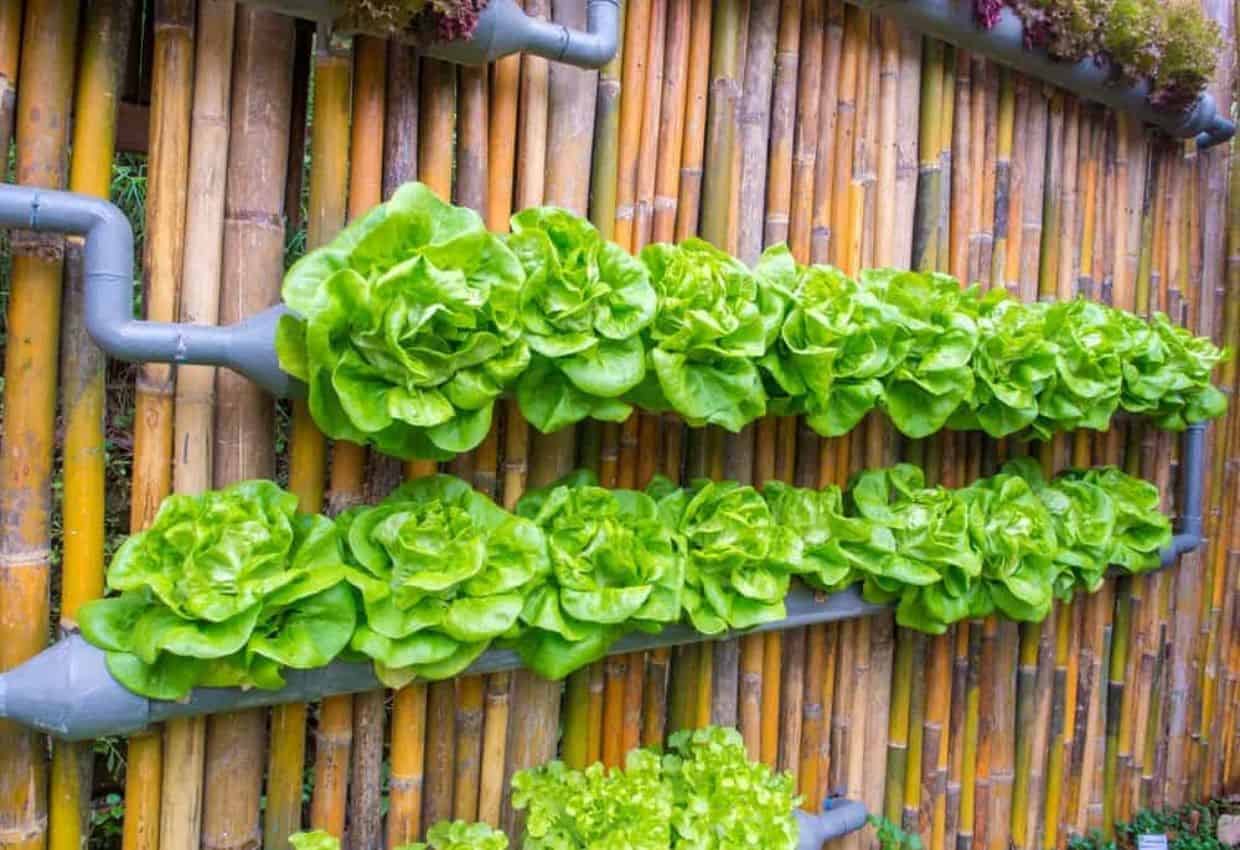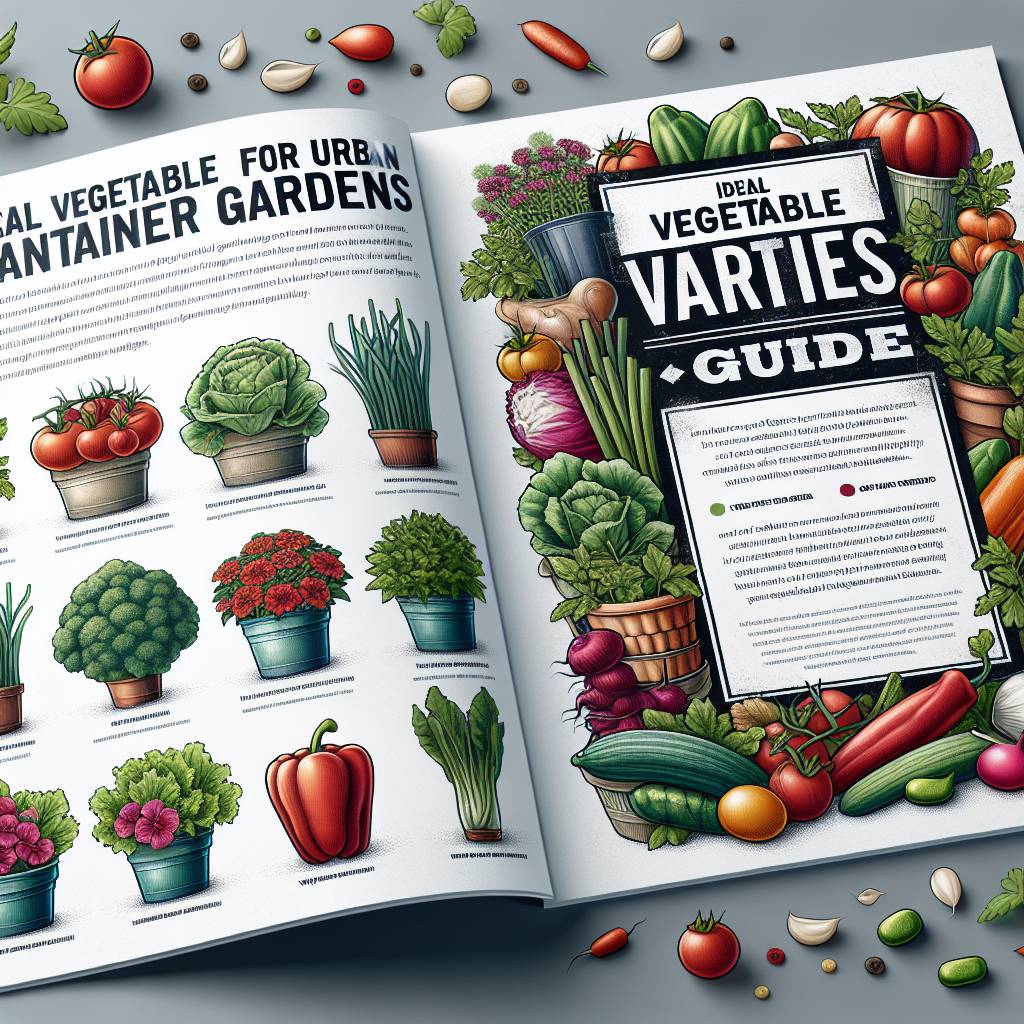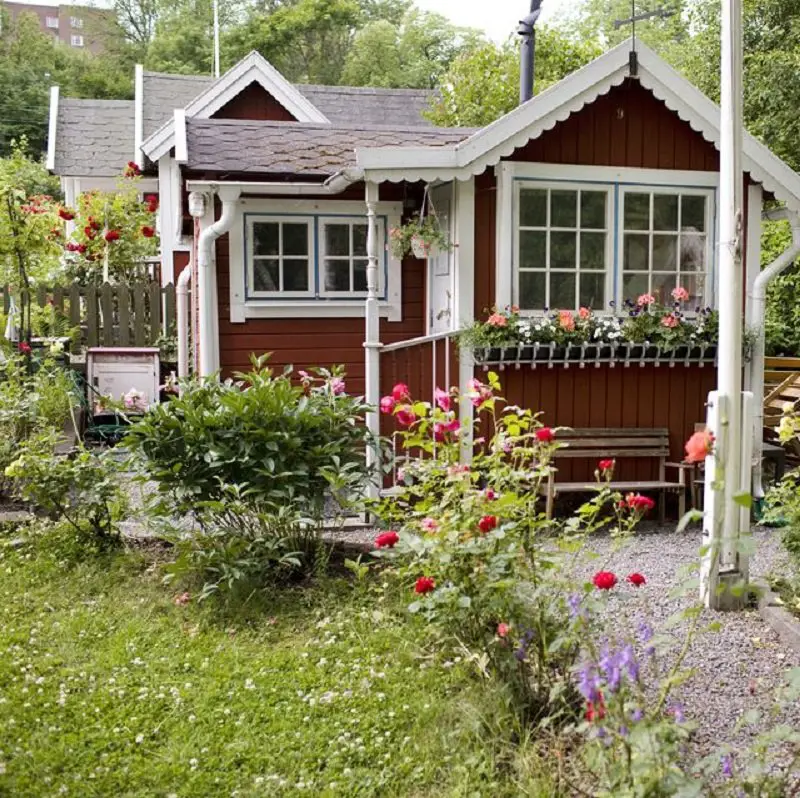In today’s fast-paced world, where space is a luxury, vertical vegetable gardening has emerged as a game-changer. This innovative approach not only maximizes limited space with shelves but also adds an aesthetic touch to your surroundings. From urban balconies to suburban backyards, the concept of growing upwards has gained significant traction. The history of vertical gardening dates back centuries and was initially utilized in ancient civilizations like the Babylonians and Aztecs for practical reasons, such as efficient land use.
Vertical vegetable gardening techniques offer a sustainable solution by making the most out of available space while promoting green living.
Key Takeaways
- Embrace vertical gardening to maximize space and increase yields in small areas.
- Plan your vertical garden by considering sunlight, water access, and plant compatibility to ensure successful growth.
- Utilize DIY vertical structures such as trellises, hanging planters, and vertical pallet gardens for cost-effective and customizable solutions.
- Opt for container gardening to easily incorporate vertical gardening techniques, especially in limited outdoor spaces.
- Implement proper planting techniques for vertical gardens, including choosing the right plants, spacing them appropriately, and providing adequate support.
- Regular maintenance is essential for vertical gardens to ensure proper watering, pruning, and monitoring for pests and diseases.
Embracing Vertical Gardening
Benefits
Maximizes limited space: Vertical gardening allows you to grow a variety of vegetables in a small area, making it perfect for those with limited garden space. You can utilize walls, fences, or trellises and stakes to create a thriving vegetable garden without needing a large plot of land.
By incorporating stakes and vertical structures into your garden design, you can add an aesthetic appeal and dimensionality to your outdoor space. Imagine vibrant vines climbing up trellises or cascading down from hanging baskets – it’s like creating living art!
Provides easy access for maintenance and harvesting: With plants arranged vertically, tending to them becomes more convenient. You won’t have to bend over as much for weeding or harvesting, making the entire process easier on your back and knees.
Reasons to Try
Ideal for urban dwellers with limited garden space: For city dwellers who lack expansive yards or green spaces, vertical vegetable gardening techniques offer the perfect solution. It enables them to enjoy the benefits of gardening despite living in compact urban environments.
Creates a unique and attractive garden display: Instead of traditional horizontal gardens, going vertical creates an eye-catching display that is sure to impress visitors. It’s an innovative way to showcase your favorite vegetables while adding flair and creativity to your outdoor area.
Offers an opportunity to grow fresh produce at home: By embracing vertical vegetable gardening, individuals can cultivate their own fresh produce right at home. This not only ensures a supply of healthy veggies but also reduces reliance on store-bought options.
Selecting the Site
When setting up your vertical vegetable garden, ensure that you choose a location with ample sunlight exposure. Most vegetables require plenty of sunlight each day in order thrive and produce high-quality yields. Consider wind exposure when selecting the site for your vertical garden as strong winds can damage delicate plants. Think about potential support structures such as walls or fences where you can install trellises or other climbing aids. Ensure easy access for watering and maintenance by placing your vertical garden within reach of water sources and tools needed for upkeep.
Necessary Materials
For successful vertical vegetable gardening, gather sturdy containers or structures that will support the weight of growing plants. Acquire high-quality potting mix and compost suitable for growing vegetables in containers. Obtain appropriate seeds or seedlings specifically suited for climbing plants, ensuring they are well-suited for vertical growth.
Planning Your Vertical Garden
Practical Design
Practical design is essential. Optimize space by using tiered or stacked designs, such as shelves or planters. Utilize hanging, wall-mounted, or freestanding options to make the most of your available space. Incorporate both functional and aesthetic elements into the design – consider adding trellises for climbing plants and incorporating decorative features like colorful containers.
For example:
- Use a vertical garden tower with multiple tiers to grow different vegetables in a limited area.
- Install wall-mounted planters on a sunny outdoor wall to create an eye-catching display of herbs and vegetables.
Vertical gardens can be both space-saving and visually appealing when designed thoughtfully.
Best Plants Selection
Selecting the right plants is crucial for successful vertical vegetable gardening. Choose compact and lightweight vegetable varieties that are well-suited for vertical growth. Consider the growth habits of different plants – trailing, vining, or bushy – to ensure they thrive in a vertical environment. Vegetables that thrive in containers and small spaces include cherry tomatoes, peppers, lettuce, spinach, and herbs like basil and thyme.
For instance:
- Compact tomato varieties like ‘Patio’ or ‘Tiny Tim’ are ideal for vertical gardening due to their small size.
- Herbs such as oregano and chives are excellent choices for growing vertically because they don’t require much root space.
By selecting suitable plants tailored for vertical growth, you can maximize your garden’s productivity while minimizing maintenance efforts.
Companion Planting
In vertical vegetable gardening, companion planting plays a vital role in maximizing growth potential. Pair compatible plant species together to enhance each other’s health and yield. Utilize natural pest control methods through companion planting – marigolds deter nematodes while attracting beneficial insects like ladybugs. Enhance soil health by strategically combining plants; legumes fix nitrogen into the soil while leafy greens help suppress weeds with their dense foliage cover.
Consider these examples:
- Planting basil near tomatoes can improve tomato flavor while repelling pests like aphids.
- Growing cucumbers alongside peas benefits both crops as cucumbers provide ground cover which helps retain moisture around pea roots.
Companion planting not only fosters healthier plants but also creates a balanced ecosystem within your vertical garden.
DIY Vertical Structures
Living Walls
Vertical vegetable gardening techniques offer numerous options for creating lush green walls with cascading vegetables. These living walls efficiently utilize vertical space in small areas, making them perfect for urban gardens or limited outdoor spaces. By growing vegetables vertically, you can enhance both the air quality and aesthetics of your environment. The plants act as natural air purifiers while bringing a refreshing touch of nature to your surroundings.
Living walls are an excellent way to grow various types of leafy greens, herbs, and even compact root vegetables like radishes and carrots. For example, you can use a vertical planter with pockets to grow lettuce, spinach, basil, and other culinary herbs. Consider incorporating trailing varieties such as cherry tomatoes or cucumbers for added visual interest.
Another benefit of living walls is their adaptability indoors and outdoors. They can be installed on balcony railings or inside the home near sunny windows. This versatility allows individuals without traditional garden spaces to still enjoy the benefits of fresh produce at arm’s reach.
Vegetable Arches
Constructing sturdy arches provides an innovative solution for growing climbing vegetables like beans and peas in a vertical garden setting. These arches maximize vertical space by training plants to grow upwards rather than spreading out horizontally across the ground. As a result, they help optimize available land while promoting efficient plant growth.
Vegetable arches also provide essential support for heavy vine crops such as squash and melons that require extra reinforcement as they mature. By building these structures within your garden area or along walkways, you create visually appealing features that integrate seamlessly into the landscape design while serving practical purposes.
When planning your vegetable arches, it’s crucial to select durable materials capable of supporting the weight of mature plants laden with fruit or pods. Consider using weather-resistant metals like galvanized steel for longevity or opt for wooden designs constructed from rot-resistant species such as cedar or redwood.
Bean Teepees
Bean teepees represent another creative approach to vertical vegetable gardening techniques by utilizing bamboo or wooden poles arranged in a conical shape akin to traditional Native American dwellings known as teepees. These structures not only offer functional support for climbing beans but also contribute aesthetically pleasing elements to any garden space.
The teepee design allows ample room between poles for easy access when tending to plants’ needs—watering them thoroughly during dry spells and harvesting ripe produce once ready.
Container Solutions for Vertical Gardening
Pallet Planters
Pallet planters are an excellent container solution for vertical vegetable gardening. By repurposing pallets, you can create versatile and cost-effective planters. Customize these planters to accommodate various types of vegetables, such as tomatoes, peppers, or lettuce. Utilizing vertical gardening techniques with upcycled materials like pallets not only saves space but also promotes sustainability.
You can easily transform a pallet into a planter by adding shelves or compartments for different plants. For example:
- Create deeper sections for root vegetables like carrots or radishes.
- Add wider shelves for spreading plants like zucchini or squash.
Wall-Mounted Pots
Wall-mounted pots offer an efficient solution. Install secure brackets or hooks on fences, walls, or balconies to support the weight of the pots and soil. This allows you to grow herbs, salad greens, or compact vegetables without sacrificing ground space.
Imagine having colorful pots filled with vibrant cherry tomatoes cascading down a sunny wall in your garden! It not only adds visual appeal but also provides easy access to fresh produce right outside your kitchen door.
Hanging Pots
Hanging baskets are another fantastic option for incorporating container solutions into vertical vegetable gardening. These baskets allow you to grow trailing or cascading vegetables while maximizing overhead space in patios, balconies, pergolas, and other outdoor areas.
In addition to edible crops like strawberries and cherry tomatoes hanging from baskets suspended above eye level, consider including colorful flowering plants alongside them. This creates a visually stunning display that combines both ornamental and edible elements within the same container.
Vertical Gardening Planting Techniques
Preparing Containers
When engaging in vertical vegetable gardening, it’s crucial to prepare the containers properly. Ensuring adequate drainage is essential to prevent waterlogging, which can harm the plants. Lightweight yet durable materials are recommended for constructing the containers. Incorporating mulch into the soil helps conserve moisture and regulate its temperature.
Using lightweight but durable materials for container construction is important because you want your vertical garden to be sturdy yet easy to move if necessary. For example, using plastic or composite materials can provide durability without adding unnecessary weight.
The incorporation of mulch serves multiple purposes in a vertical vegetable garden. It helps retain moisture in the soil, reducing the frequency of watering needed for your plants. Mulch also acts as an insulator, regulating soil temperature and protecting plant roots from extreme heat or cold.
Planting Methods
Following recommended spacing guidelines is vital when practicing vertical vegetable gardening in containers. Proper spacing ensures that each plant has enough room to grow and access sunlight and nutrients without competing with neighboring plants.
Planting seeds or seedlings at appropriate depths according to specific requirements of each vegetable type is essential for their successful growth. For instance, some vegetables may require planting at shallower depths while others need deeper planting to thrive.
Maintenance of Vertical Gardens
Watering Techniques
Vertical gardens require efficient watering techniques to ensure the plants receive an adequate water supply without causing waterlogging. Implementing a drip irrigation system is an excellent way to achieve this. Drip irrigation allows for controlled and targeted watering, ensuring that each plant receives the right amount of water directly at its roots.
Regular monitoring of soil moisture levels is crucial in vertical gardening. This can be done by inserting your finger into the soil or using a soil moisture meter. By checking the moisture levels frequently, you can adjust your watering schedule accordingly, preventing both under- and over-watering.
Adjusting watering frequency based on weather conditions is essential for maintaining healthy vertical gardens. During hot and dry periods, plants may require more frequent watering, while cooler and rainy weather may necessitate a reduction in watering frequency to prevent root rot.
Feeding Tips
Applying organic fertilizers according to each plant’s specific needs is vital for their growth and overall health. Different plants have varying nutrient requirements, so it’s important to choose organic fertilizers that cater to these specific needs.
Incorporating slow-release fertilizers into the potting mix provides a steady supply of nutrients over an extended period. These types of fertilizers are particularly beneficial in vertical gardening as they help sustain plant growth without requiring frequent applications.
Supplementing with liquid fertilizers as needed offers an additional boost of nutrients when plants show signs of deficiency or during peak growing seasons. Liquid fertilizers are quickly absorbed by the roots and provide immediate nourishment for optimal plant development.
Indoor Vertical Gardening Insights
Indoor Tips
Selecting suitable indoor locations with adequate light exposure is crucial. Look for spots near windows or under skylights where plants can receive plenty of sunlight. If natural light is insufficient, consider using grow lights to provide supplemental lighting for your indoor garden. These artificial lights mimic the sun’s rays and help plants thrive indoors.
To maintain healthy growth in an indoor vertical garden, proper air circulation and humidity levels are essential. Stagnant air can lead to mold and mildew, so ensure there’s enough airflow around your plants. You can use fans or simply open windows periodically to promote ventilation. Monitor the humidity levels in the room and adjust as needed by using a humidifier or dehumidifier.
Recommended Vegetables
When choosing vegetables for vertical gardening, opt for compact varieties that are well-suited for limited space. Cherry tomatoes, lettuce, and peppers are excellent choices due to their small size and suitability for vertical growth. These vegetables thrive when grown upwards rather than sprawling out horizontally.
Leafy greens such as spinach, kale, and Swiss chard also make great candidates for vertical gardens. Their shallow root systems allow them to flourish in smaller containers while still producing abundant foliage that you can harvest regularly.
For those interested in diversifying their vertical garden with fruiting crops, exploring dwarf or bush varieties of cucumbers, squash, and eggplants is a smart move. These smaller versions of traditional vining plants are perfect for vertical setups since they require less space but still yield flavorful produce.
Engaging Family in Vertical Gardening
Fun Ideas
Vertical vegetable gardening techniques can be a fun and engaging activity for the entire family. Consider creating themed vertical gardens to add an element of excitement. For example, you could create a pizza garden by planting tomatoes, peppers, basil, and oregano – all essential ingredients for a delicious homemade pizza. Another option is to design a salsa garden with tomatoes, jalapeños, cilantro, and onions. These themed gardens not only make gardening more enjoyable but also provide fresh produce for culinary adventures.
Incorporating edible flowers and herbs into your vertical garden can add diversity to your culinary experiences. For instance, planting nasturtiums or pansies not only adds color but also provides edible blooms that can enhance salads or desserts. Herbs such as mint, thyme, and rosemary are versatile additions that can elevate various dishes with their unique flavors.
Engage the entire family in creative projects such as painting or decorating containers for the vertical garden. This activity allows everyone to personalize their own planters while adding a touch of creativity to the overall gardening experience.
Involving Kids
There are numerous benefits beyond just growing plants. Encouraging children to participate in planting seeds and caring for the garden instills a sense of responsibility while fostering an appreciation for nature’s processes.
Teaching kids about plant life cycles, nutrition from fresh produce grown at home, and sustainability through hands-on activities helps them develop valuable skills early on. They learn about where food comes from and how it reaches their plates while understanding the importance of sustainable practices like composting kitchen scraps or using organic pest control methods.
Advanced Vertical Gardening Methods
Trellising and Staking
Vertical vegetable gardening techniques such as trellising and staking are essential for supporting climbing vegetables like tomatoes and cucumbers. By providing sturdy supports, you can ensure that these plants grow upward instead of sprawling across the ground. This method not only saves space but also prevents overcrowding, allowing better air circulation around the plants.
Training your plants to grow vertically using trellises or stakes is a simple yet effective way to manage their growth. For instance, when growing tomatoes, tying the main stem to a stake helps it grow upright. Similarly, cucumbers can be trained to climb by attaching them to a trellis. This practice not only conserves space but also makes harvesting easier since the fruits are more accessible.
Preventing overcrowding in your garden is crucial for healthy plant development. By guiding vines upward with trellises or stakes, you create an organized and efficient growing environment that maximizes sunlight exposure for each plant.
Square-Inch Gardening
Another advanced vertical gardening technique is square-inch gardening, which involves maximizing space efficiency by utilizing the square-foot gardening method. With this approach, you carefully plan crop placement based on mature plant sizes within designated square areas in your garden bed or container.
Implementing intensive planting techniques within these designated squares allows you to optimize yields while minimizing wasted space. For example, smaller plants like radishes can be planted closer together than larger ones like zucchinis.
Summary
Congratulations on reaching the end of our vertical gardening journey! You’ve learned how to embrace vertical gardening, plan your garden, build DIY structures, choose containers, and master planting and maintenance techniques. We’ve even delved into indoor gardening and advanced methods. Now it’s time to put your newfound knowledge into action. Whether you’re a seasoned gardener or just starting out, grab those tools and get your hands dirty. Create your own green oasis, involve your family, and watch your garden thrive. The sky’s the limit when you think vertically!
Frequently Asked Questions
How can I start with vertical gardening?
To start with vertical gardening, begin by assessing your available space and sunlight. Choose suitable plants for vertical growth, plan the structure or containers you will use, and ensure proper irrigation. Embrace creativity in utilizing the vertical space efficiently.
What are the benefits of indoor vertical gardening?
Indoor vertical gardening offers numerous benefits such as maximizing limited space, improving air quality indoors, and providing easy access to fresh herbs or vegetables. It also adds aesthetic appeal to interior spaces while promoting a sense of well-being through greenery.
Are there low-cost DIY options for creating vertical structures?
Certainly! You can repurpose materials like wooden pallets, PVC pipes, or even old ladder frames for building cost-effective vertical structures. Using hanging shoe organizers or recycled containers can serve as affordable alternatives for small-scale vertical gardens.
How do I maintain a healthy vertical garden?
Regular maintenance is key to a flourishing vertical garden. This includes watering adequately based on plant needs, monitoring for pests and diseases, pruning when necessary, and providing appropriate nutrients. Regularly inspecting the structural integrity is also crucial to prevent any safety hazards.
Can children actively participate in family-oriented vertical gardening projects?
Absolutely! Involving children in planting seeds, watering plants, and observing growth fosters their appreciation for nature and responsibility towards caring for living things. Engaging them in hands-on activities within the garden environment nurtures valuable life skills while creating lasting family memories.






